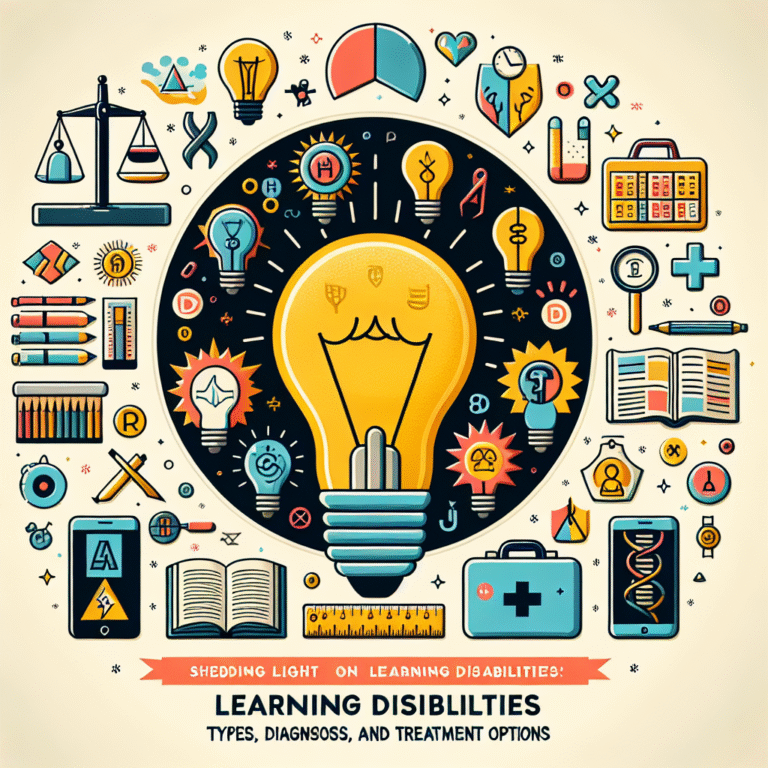
From Fury to Calm: Essential Strategies for Anger Management
Introduction
Anger is a natural human emotion. It can be a powerful signal that something is wrong, manifesting itself as frustration during daily annoyances or as intense fury in extreme situations. However, unchecked anger can lead to destructive outcomes—strained relationships, health issues, or even legal troubles. From Fury to Calm: Essential Strategies for Anger Management allows individuals to transform their anger into constructive energy, promoting not only personal well-being but also enhancing relationships and community dynamics.
This article dives into effective strategies for managing anger, exploring tools, techniques, and real-life applications that resonate with anyone who has struggled with this all-too-frequent emotion. Let’s embark on this journey from fury to calm, discovering how to harness the power of anger for positive change.
Understanding Anger
What Is Anger?
Anger is a complex emotion typically accompanied by physiological responses such as increased heart rate, heightened adrenaline levels, and muscular tension. It can stem from perceived threats, injustice, frustration, or unmet expectations. Understanding the root causes of anger is crucial in mastering essential strategies for anger management.
The Benefits of Anger Management
- Enhanced Relationships: Effective anger management fosters better communication and deeper understanding in personal and professional relationships.
- Improved Mental Health: Channeling anger positively can alleviate stress, anxiety, and depression symptoms.
- Physical Health: Managing anger leads to lower blood pressure, reduced risk of heart disease, and overall better health.
Core Strategies for Anger Management
1. Recognizing Triggers
Step one in the journey of From Fury to Calm: Essential Strategies for Anger Management is identifying what triggers your anger. Common triggers include:
- Stressful situations at work
- Conflicts with family or friends
- Personal insecurities
By keeping a journal or using mood-tracking apps, individuals can pinpoint patterns and learn to anticipate situations that may cause anger.
Case Study: The Corporate Executive
Mark, a middle manager at a high-stress firm, noticed that his anger peaked during team meetings. By documenting these occurrences, he recognized that his frustration stemmed from feeling unheard. Armed with this insight, he initiated regular feedback sessions, improving team dynamics and significantly reducing his outbursts.
2. Pause and Breathe
When utilities of anger arise, it helps to take a step back. This pause can be physical or mental. Breathing exercises, such as inhaling deeply for four counts, holding for four, and exhaling for four, can significantly affect the body’s response to anger.
| Breathing Exercise | Steps |
|---|---|
| 4-4-4 Technique | Inhale for 4 seconds |
| Hold for 4 seconds | |
| Exhale for 4 seconds |
Case Study: The Committed Teacher
Sarah, a high school teacher, faced daily challenges with her students’ behavior. After implementing a breathing pause before responding to outbursts, her emotional state improved, leading to more constructive classroom interactions.
3. Cognitive Behavioral Techniques
Cognitive Behavioral Therapy (CBT) focuses on changing negative thinking patterns. Individuals can challenge irrational thoughts that escalate anger by reframing them more positively. Statements like “I always fail” can be transformed into “I can learn from this experience.”
Case Study: The Aspiring Athlete
Jason, a budding athlete, often felt anger when he didn’t meet performance targets. Through CBT sessions, he learned to focus on growth rather than perfection, redirecting his mental energy into self-improvement instead of frustration.
4. Constructive Communication
Learning to express feelings constructively is vital in From Fury to Calm: Essential Strategies for Anger Management. Use “I” statements to take ownership—“I feel frustrated when…” rather than “You make me angry by…”. This technique fosters understanding while reducing defensiveness in conversations.
Case Study: The Family Dynamic
Linda, a mother of three, noticed frequent arguments during family meals. By applying constructive communication techniques, tensions lessened. The family learned to discuss grievances calmly, leading to a more harmonious household.
5. Physical Activity
Regular exercise is a powerful antidote for stress and anger. Engaging in physical activity releases endorphins that promote feelings of well-being. Whether it’s a brisk walk, yoga, or a high-intensity workout, finding an enjoyable physical outlet can greatly help in anger management.
Case Study: The Busy Professional
Tom, an executive often commuting through traffic, found his temper flaring frequently. Introducing a morning run into his routine helped him start the day with a clear mind, reducing road rage and anxiety.
6. Mindfulness and Relaxation Techniques
Practicing mindfulness helps ground emotions in the present moment. Mindful practices such as meditation, progressive muscle relaxation, or guided imagery allow the individual to observe feelings without judgment, creating space for calm.
Table: Mindfulness Practices and Benefits
| Technique | Benefits |
|---|---|
| Meditation | Reduces stress and enhances focus |
| Progressive Relaxation | Relieves muscle tension perceptibly |
| Guided Imagery | Provides positive visualization |
7. Seek Professional Help
If anger continues to be a problem despite using these essential strategies for anger management, professional help may be necessary. Therapists can provide tailored strategies and deeper insights into emotional response patterns.
Case Study: The Journey of Self-Discovery
After years of struggling with anger outbursts, Karen sought therapy. Through guided support, she unpacked past traumas contributing to her anger, developing healthier coping mechanisms that transformed her relationships.
Conclusion
Transforming anger from a destructive force into a constructive ally is no simple feat, but it is entirely possible with practice and the right strategies. From Fury to Calm: Essential Strategies for Anger Management provides practical tools for recognizing triggers, developing communication skills, and finding healthier outlets for anger.
The path to calmer responses is a journey of self-awareness, growth, and resilience. Embrace these strategies, engage actively in the process, and reignite the power of your emotions towards positivity.
FAQs
1. What are common triggers for anger?
Common triggers include stress at work, relationship conflicts, personal insecurities, or life changes. Recognizing these triggers is the first step in managing anger.
2. Why is it important to manage anger?
Effective anger management leads to improved relationships, better mental and physical health, and a more peaceful life experience.
3. Can anger management strategies work for everyone?
While not all strategies work universally, most people find a combination of techniques to be effective. Tailoring strategies to personal preferences is key.
4. How can mindfulness help with anger management?
Mindfulness teaches individuals to observe their emotions without judgment, providing a calm perspective to process feelings more effectively.
5. When should I seek professional help?
If anger negatively impacts your relationships, health, or daily functioning, it’s advisable to seek professional support for tailored insights and strategies.
In this exploration of From Fury to Calm: Essential Strategies for Anger Management, we’ve traveled through tools and case studies that highlight how one can effectively transform anger into an agent of change. Embrace the journey with courage, and watch your relationships and personal peace flourish.














